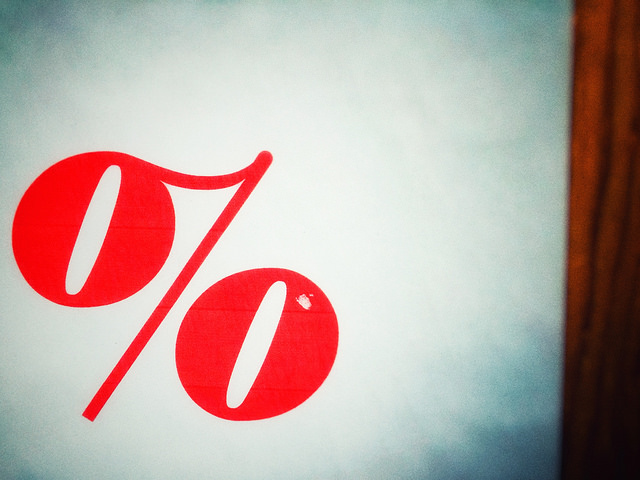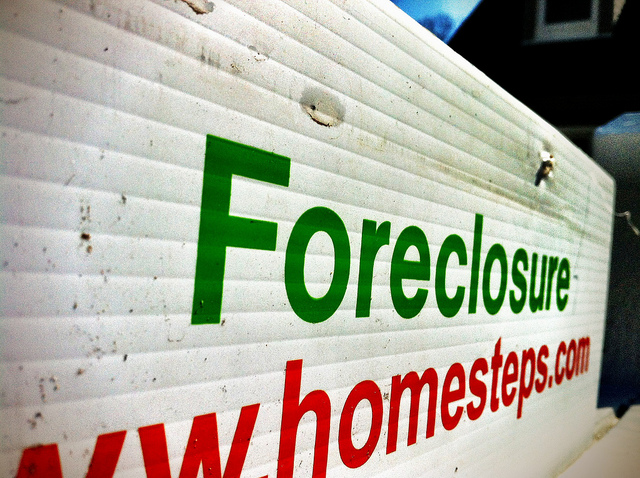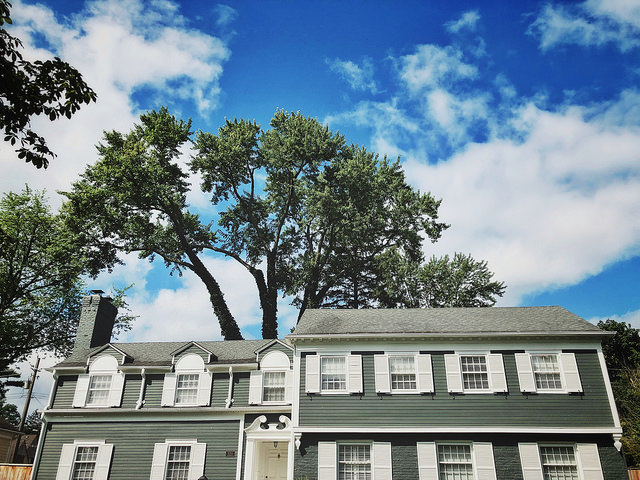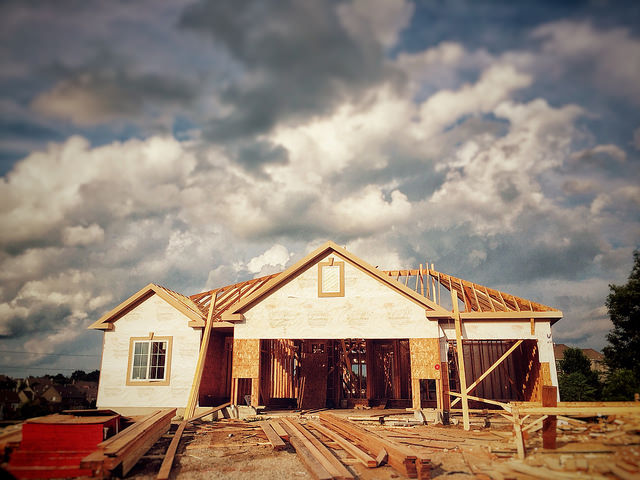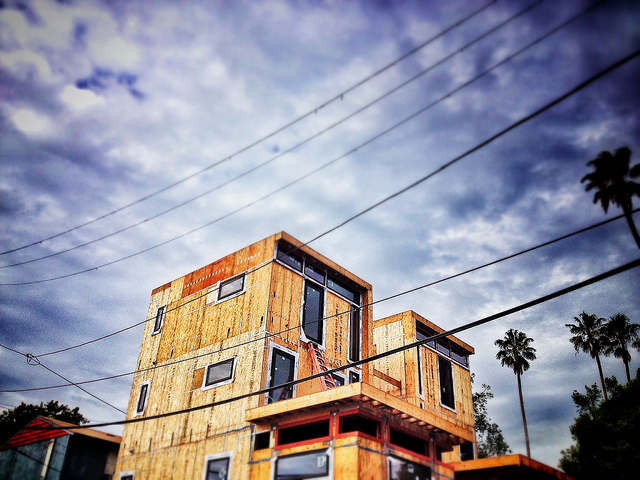According to the Mortgage Bankers Association’s Weekly Applications Survey, average mortgage rates were up across all loan categories last week, including 30-year fixed-rate loans with both conforming and jumbo balances, loans backed by the Federal Housing Administration, and 15-year fixed-rate loans. The increase continues a trend upward led, in part, by a stronger economy and job market. Joel Kan, an MBA economist, told CNBC that many of the underlying factors showed improvement. “Rates rose last week as investors looked past US-China trade tariffs and towards this week’s Fed meeting,” Kan said. “Treasury yields increased 8 basis points for the week, as the growth outlook for the US remained positive, and data on housing starts and home sales showed a reprieve after a few months of weak results.” But though average rates were up, it didn’t slow demand. In fact, the number of requests for mortgage loans last week rose nearly 3 percent overall, with the Purchase Index 4 percent higher than it was at the same time last year. The MBA’s weekly survey has been conducted since 1990 and covers 75 percent of all retail residential mortgage applications. More here.
